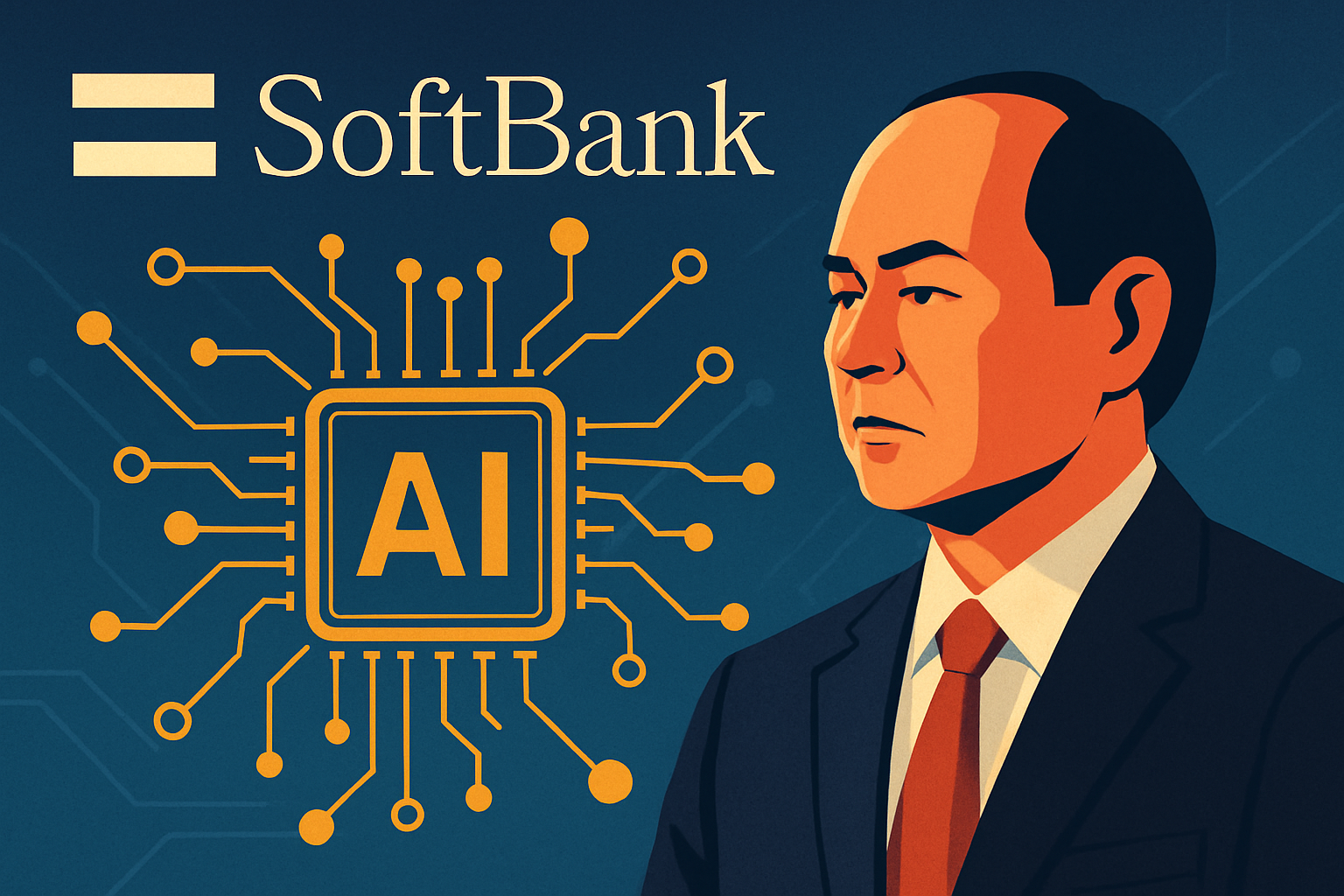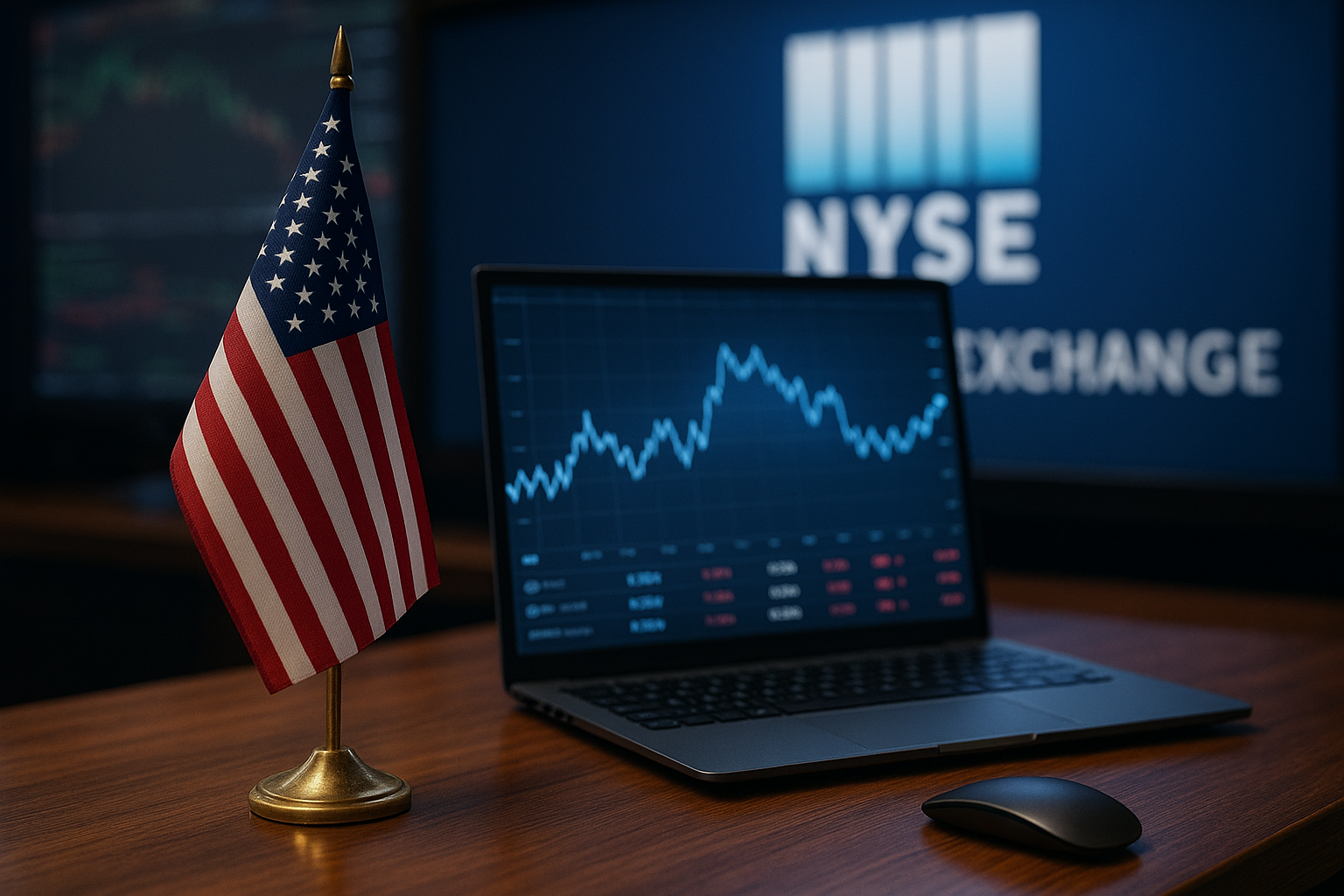SoftBank is back in the spotlight—this time not for bold Vision Fund pivots or Masayoshi Son’s charismatic forecasts, but for a much-anticipated earnings report that could send ripples across the global AI investment landscape. With investors eyeing the profitability of tech giants and the durability of the current AI rally, SoftBank’s quarterly results could serve as a barometer for AI funding sentiment worldwide.
The Japanese conglomerate’s renewed focus on artificial intelligence—following a multi-billion dollar wave of investments in AI infrastructure, chipmakers, and generative AI startups—has made it a central player in the next-gen tech arms race. With key market indices hovering near all-time highs and AI valuations becoming increasingly sensitive to earnings, SoftBank’s numbers may offer a critical inflection point.
The Stakes Behind SoftBank’s AI Bets
Over the past 12 months, SoftBank has ramped up its AI portfolio aggressively. Following the blockbuster IPO of Arm Holdings—now a global leader in AI chip architecture—SoftBank has deployed capital across a variety of AI verticals, from foundational model developers to edge computing solutions.
According to a recent Economic Times report (Aug. 7), market analysts are keenly watching whether SoftBank’s risk-heavy approach is translating into real returns. With Vision Fund losses still fresh in memory, a strong earnings beat could validate the company’s pivot into more focused, AI-centric plays.
Notable positions include:
- Arm Holdings ($ARM): Still majority-owned by SoftBank, the semiconductor firm has become a cornerstone of global AI infrastructure.
- Anthropic and other GenAI startups: SoftBank has participated in rounds funding frontier AI model development, a highly speculative but high-upside segment.
While many of these investments are still in early stages of monetization, investors are looking for signals—especially margins, realized returns, and future deployment strategies—that suggest SoftBank can manage high-risk tech allocations without repeating past mistakes.
Why This Matters for Investors
AI remains one of the most dominant narratives in financial markets today. The Nasdaq has surged over 30% year-to-date, largely powered by mega-cap tech firms betting big on AI—from $NVDA and $MSFT to $GOOGL and $META. However, the AI rally has started to bifurcate: public market darlings are commanding high multiples, while private markets are cooling as VCs become more selective.
SoftBank’s report is arriving at a moment when capital allocators are reassessing their AI exposure. A robust performance would not only boost confidence in SoftBank but also send a bullish signal for late-stage AI funding. Conversely, signs of overreach or weak return profiles could cool investor appetite.
“There’s a real hunger for clarity on what’s working and what isn’t,” noted Jefferies tech analyst David Roman in a recent earnings preview. “SoftBank sits at the crossroads between VC-style bets and strategic infrastructure—so their results will matter beyond just one company.”
Future Trends to Watch
1. AI Consolidation Ahead?
As competition intensifies and capital requirements rise, expect a wave of M&A in AI—especially in sectors like semiconductors, cloud infrastructure, and AI tooling. SoftBank’s cash position and strategic control over Arm may place it at the center of this consolidation wave.
2. Asia’s Growing Role in AI Capital Flows
SoftBank’s positioning in the Asian AI market, especially amid rising U.S.-China tech tensions, could shape the next chapter of AI geopolitics. With Japan seen as a “neutral” innovation hub, SoftBank may emerge as a bridge between East and West in AI development.
3. IPO Pipelines and Exit Strategy
SoftBank’s long-term success depends not just on investment quality but on timely exits. Investors should watch for signals around IPO plans for its AI portfolio firms, especially in light of Arm’s successful listing.
Key Investment Insight
Investors should closely monitor SoftBank’s earnings report and subsequent commentary for directional signals on AI capital trends. Strong numbers could validate continued exposure to high-risk/high-reward AI investments, particularly in infrastructure and foundational model layers. Weak earnings, however, may justify trimming exposure or pivoting to more mature AI plays with proven monetization models.
Portfolio managers looking to ride the next leg of the AI wave should consider a barbell strategy—pairing high-growth public equities like $NVDA or $AMD with selective private exposure via funds or co-investments tied to SoftBank-led deals.
Stay tuned to MoneyNews.Today for daily coverage on AI, tech, and investor-moving developments. As the AI gold rush accelerates, we’ll help you separate the signal from the noise.





